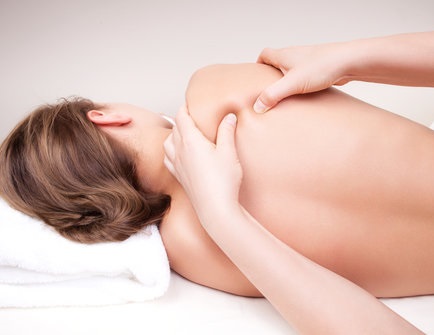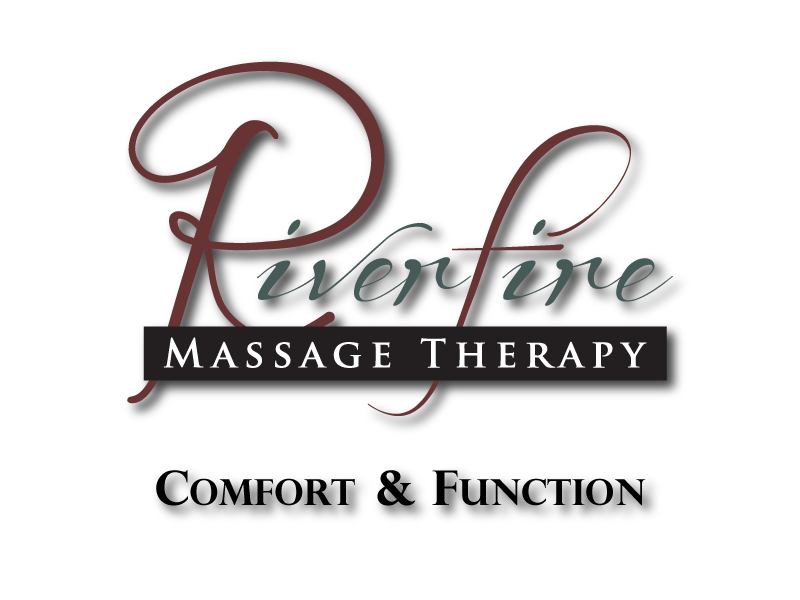Trigger Point Release
Riverfire Massage Therapy of Green Bay offers trigger point release sessions.
Myofascial (muscle tissue) trigger points are hyperirritable spots in the muscles and/or the fascia (tissue holding us together) surrounding the muscles. These areas of hypersensitivity in the muscles make themselves known by the muscle pain felt in the body as well as fatigue and weakness. There are a number of ways that trigger points can develop and these include: injury or trauma to the tissue, strain from repetitive actions, poor posture, stress, prolonged inactivity, and medical conditions.
Trigger Point Release therapy seeks to address the musculoskeletal pain and to release the “knots” of pain, tightness, tension, and stiffness within the taut bands of the muscle fibers. Treatment of the trigger point “unlocks” the contraction in the muscle by applying an increasing pressure on the trigger point to release or loosen it.

Certain types of pain can be relieved with trigger point release therapy, including: Headaches, neck pain, back & disc pain, shoulder (rotator cuff) pain, jaw pain, tennis elbow, hip area discomfort, pain in the limbs: hands, arms, legs, knees, and feet; tendonitis, and arthritis.
Trigger points can also create referral pain that travels and is felt in a different location other than the actual origin. This ghost pain can manifest as pain, tingling, or numbness away from the trigger point. An unaddressed trigger point may also cause a spreading of pain as the surrounding muscles become overstressed by having to pick up the load of an adjacent muscle weakened by a trigger point. And multiple, overlapping trigger points can also lead to chronic pain.
Prior to a trigger point release therapy session, the massage therapist should be made aware of the client’s medical history, sleep & nutrition habits, a posture evaluation, and a mapping of the body pain should be understood.
There are several benefits to trigger point release. This type of massage therapy will typically help eliminate or decrease muscle pain; improve the range of motion of the muscles; increase flexibility, strength, and energy; improve sleep; and in general improve the quality of life for those that are suffering.
